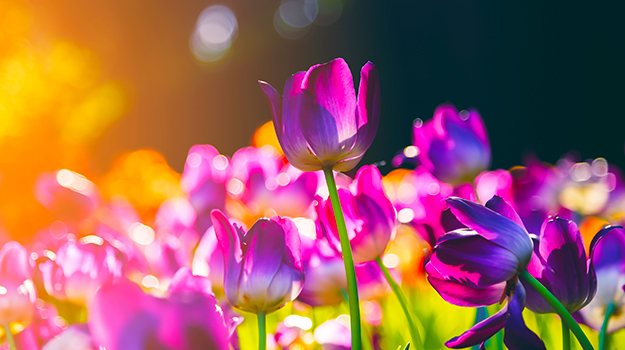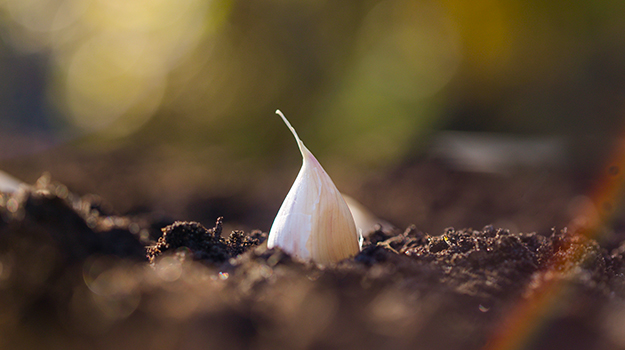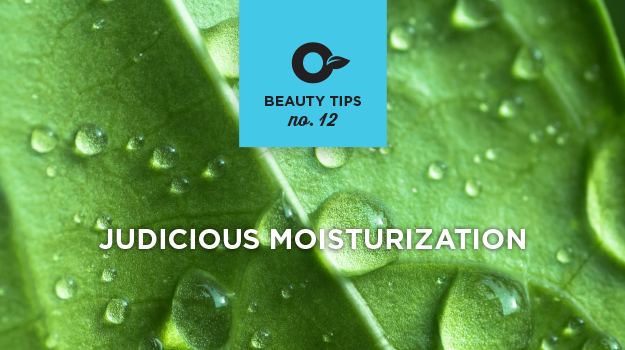
Some of the most beautiful colour displays come from bulbs. Whether it's creating a lawn with flowers, blooming in a flower bed while the perennials grow or designing a spectacular summer landscape, it's important to plant bulbs at the right time to enjoy their flower show.
Bulbs, like tubers (dahlias), rhizomes (peony, lily of the valley, iris) and corms (gladiolus, crocus), are underground tissues that serve to store nutrients. All these plants are bulbous plants, just like onions, garlic and tulips. “Bulbils” is the term used for small bulbs.
Bulb growth is influenced by the timing of planting, the soil type, the amount of light, and by fertilizing. The bulbs must store energy to grow, multiply and ensure the production of the flowers for the next season. That's why it's wise to leave the foliage intact after the flowers have faded. This allows photosynthesis and the transformation of sunlight into starches, which are stored in the bulb.
2 main types of bulbs: spring-flowering or summer-flowering
- The best time to plant spring bulbs is in the fall. This is because most spring bulbs require a cold forcing period. It depends on the species, but generally three months is enough for most varieties. You can also force the bulbs by placing them in the refrigerator.
- Summer-flowering bulbs should be planted in the spring. The timing of planting depends on the area where you are located. For people living in colder regions, planting should be done between April and June. Further south, you can plant a few weeks earlier. To be sure not to make a mistake, wait until all risk of frost has passed in your area.
What soil and how much light?
Healthy, plump bulbs that show no signs of insect damage or rot will start your season off on the right foot. Most bulbs need at least 6 hours of sunlight per day, as well as soil that drains well. It is therefore important to choose the proper location.
Early spring bulbs can be planted under large hardwoods (where they can be quite a sensation) as they will be finished flowering and will have entered dormancy when the hardwood branches become filled with leaves.
Loosen the soil to a depth of at least 12 inches. If the soil is very clayey or compacted, amend it with generous amounts of compost, peat, dead leaves, or other organic materials.
When amending the soil, incorporate superphosphate or bone meal to increase the fertility of the growing bed. It is recommended to apply 5 tablespoons of 10-10-10 organic-based fertilizer and 2 cups of bone meal per 10 sq. ft.
How to plant bulbs?

Don't plant your bulbs too early. For summer bulbs, wait until all risk of frost has passed. For spring bulbs, the planting time in hardiness zone 4 or 5 is mid-October or late October. While waiting to plant them, keep the bulbs in a dark, cool and dry place.
The planting depth will have a significant impact on flowering success. Bulbs have different requirements. The general rule is to plant bulbs at a depth equivalent to 2 or 3 times their height. Larger bulbs (tulips, daffodils) should be planted 8 inches deep.
For smaller bulbs, a depth of 3 to 4 inches will suffice. Bulbs that flower in the summer have slightly more specific requirements (check the instructions on the packaging). Irises and lilies, for example, need a slightly deeper hole than gladioli and liatris. (Note that several summer-flowering bulbs are also sold in containers at the garden centre, but the choice of varieties is generally much wider when it comes to bulbs that can be ordered online.)
It is best to plant bulbs with the tip up and the flattened part down (this is where the roots will emerge). If you get it wrong, they will still grow and bloom.
For a natural and successful effect, plant bulbs in groups (at least 12 to 20 bulbs). Rather than planting them in rows, arrange them in a circular shape. To prolong the flowering, plant different varieties in the same place (some even plant them one under the other by intermingling them). If you don't like the idea of having to wait for the foliage to turn yellow on the plant, plant your bulbs around perennials with dense foliage such as hostas or daylilies. The wilting of bulb plants will occur discreetly, concealed by the perennials that have grown over them.
How to water bulbs?
Plants that bloom in the summer need watering when planting. In more arid regions, it is recommended to continue to water the spring-flowering plants. When the buds appear, the plants need more water. One inch of water per week should be sufficient to wet the roots.
Apply mulch around the planting hole to prevent weeds and to retain moisture.
Bring in summer bulbs for winter
In the fall, dig up summer bulbs before the first frost (rhizomes of cannas, tubers of begonias or dahlias, corms of gladioli). Store them indoors in vermiculite for the winter. (For more tips on caring for summer bulbs during the cold season, we recommend you to read: How to take care of your bulbs | C-I-L lawn and garden (cillawnandgarden.com)
However, some summer bulbs can remain in the ground in the garden all winter. This is the case of the spectacular crocosmias. To avoid the chore of replanting them every year, simply plant them at a depth of 8 to 10 cm. Like perennials, they can comfortably spend the winter in the garden.
Divide and multiply bulbs
It is possible to propagate bulbs like those of tulips. Just dig them up, divide them and then replant them. We do this once the flowering is finished and when the foliage has yellowed. It can be done every year, although it is not essential. However, doing it every two to three years will allow the plants to flower for several years.
Many spring bulbs do not need any help to multiply. Anemones, narcissus, squills, crocuses and grape hyacinths multiply by themselves to form large colonies.
For more information, read our article: Early bulbs, the first flowers of spring
Our top tips for growing bulbs
- Remove spent flowers from summer bulbs. In doing so, the plant can concentrate its energy on the formation of new flower buds.
- For spring bulbs, once the flowers have faded, cut them off but take care to let the foliage wilt on the plant; this allows the bulb to build up energy reserves for the next season.
- Some tall plants will need stakes to help them bear their flowers. This is particularly the case with gladioli and certain dahlias.
- To prevent your bulbs from being devoured or moved by deer, rabbits and small rodents, sprinkle the surface of the planting area with blood meal or granular chicken manure. It is not necessary to do this for small bulbs (squills, snowdrops, corydalis, etc.) as they seem to be less attractive to wildlife.
- Spring bulbs will return faithfully each year provided they find the nutrients they need in the soil. An annual supply of compost is enough to meet their needs.
- Summer-flowering bulbs will benefit from regular fertilization. We recommend our 7-3-3 All-Purpose Organic Garden Fertilizer.


